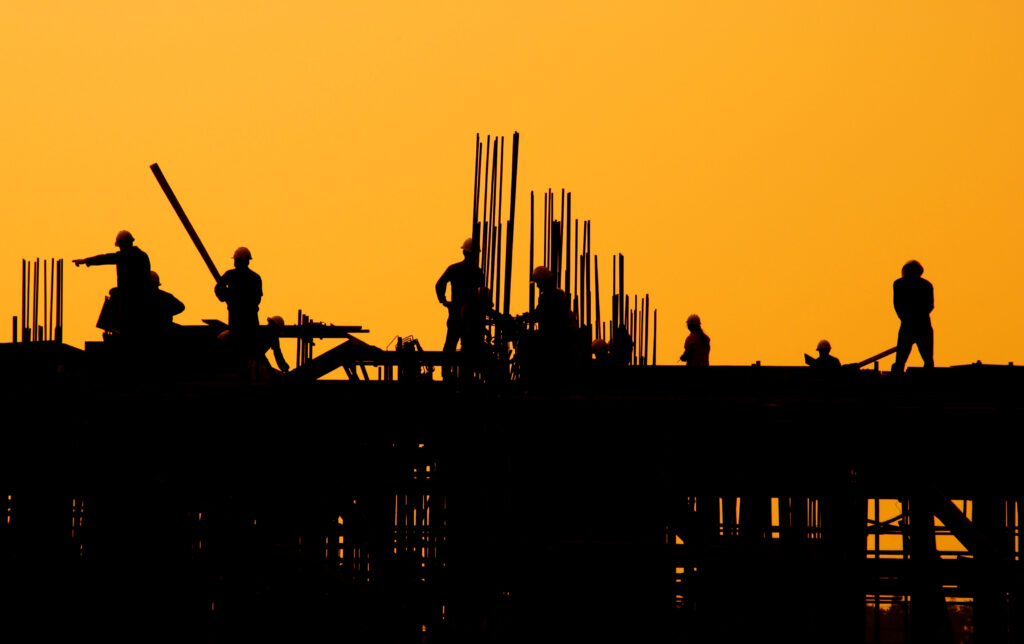An older technique is making a comeback in commercial properties. Mass timber construction is taking a “blast from the past” and combining it with the styles of today for sustainable architecture. Once considered outdated, timber is now taking the place of concrete and steel in some high-rise buildings. There are many benefits to using mass timber, and its popularity among property managers is beginning to takeoff.
The basics of mass timber.
Massive or “mass” timber (sometimes called structural timber) involves combining pieces of wood into larger sections. Soft species like pine, spruce, or fir are the best for molding together and hold up well over time. Mass timber includes a variety of products from glue-laminated beams to dowel-laminated timber, but the most common form is cross-laminated timber. Cross-laminated timber (CLT) is made by treating the wood, gluing layers together, and stacking them on top of each other with the layers alternating orientation. This makes a piece as strong (if not stronger!) than your typical concrete and steel mixture.
How it’s being used in buildings.
Cross-laminated timber is extremely versatile. CLT can be utilized for floors, walls, and ceilings, as well as entire multi-story buildings. First taking off in Europe in the early 2000s, mass timber was originally used for small repairs in buildings, but gained international attention after the construction of the Mjøstårnet in Norway in 2019. Recognized as the world’s tallest timber building, Mjøstårnet stands at almost 300 feet tall (85.4 meters). Now developers in the U.S. and Canada are integrating CLT into new projects. The University of Arkansas recently opened the largest mass timber project in the U.S. at over 200,000 square feet. Meanwhile, some Canadian officials have been heavily pushing to become the leader in mass timber constructions, with more than 500 projects in development in 2019.
The perks of using mass timber.
As we mentioned before, mass timber is nearly identical to concrete and steel in terms of its strength. It’s highly fire resistant and has been tested extensively by the Forest Service for blast resistance as well. Mass timber has performed very well in earthquake simulation testing and doesn’t need major repairs when it gets damaged. Along with the durability that mass timber offers, there are also several environmental advantages. Mass timber can greatly reduce carbon emissions compared to concrete. While the level of emissions depends on the processor, experts are optimistic that switching could help achieve certain sustainability goals. Lastly, there’s less labor costs and wasted materials to make building quicker and more efficient.
How mass timber is looking going forward.
There are still some reserves about switching to mass timber completely, the largest of these concerns being how to meet demand without largely destroying forest reserves. Wooded areas are very delicate, and finding a balance between harvesting and preservation is tricky. Despite this hurdle, the outlook for increased use is largely positive. From Seattle to Arkansas, U.S. developers are eager to incorporate mass timber into new projects. Canadian companies are finding innovative ways to bring timber to residential and commercial buildings. As more people become educated on the benefits of mass timber, it’s possible to see usage on a scale similar to Europe.
A professional commercial inspection by NPI can help you know more about your building. Schedule your inspection today!



